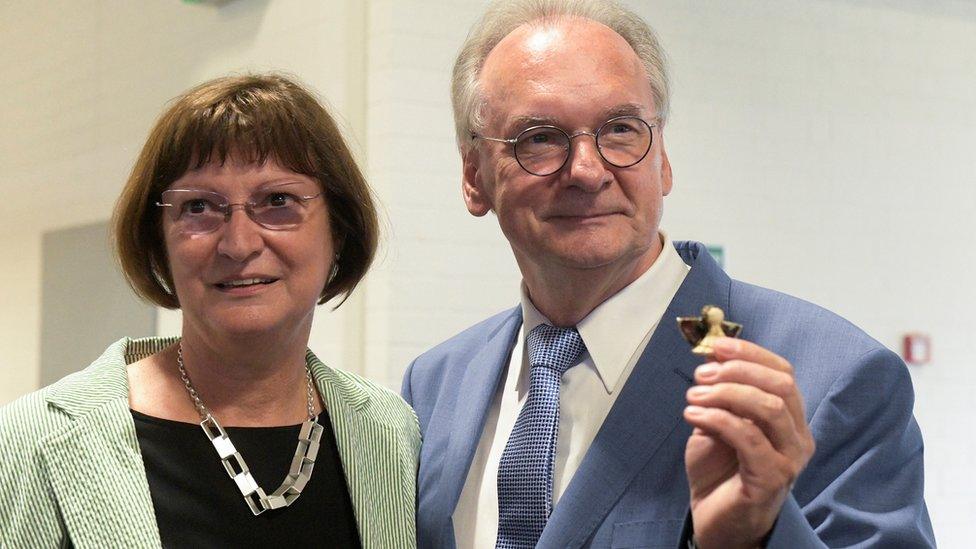German elections 2021: Simple guide to vote ending Merkel era
- Published
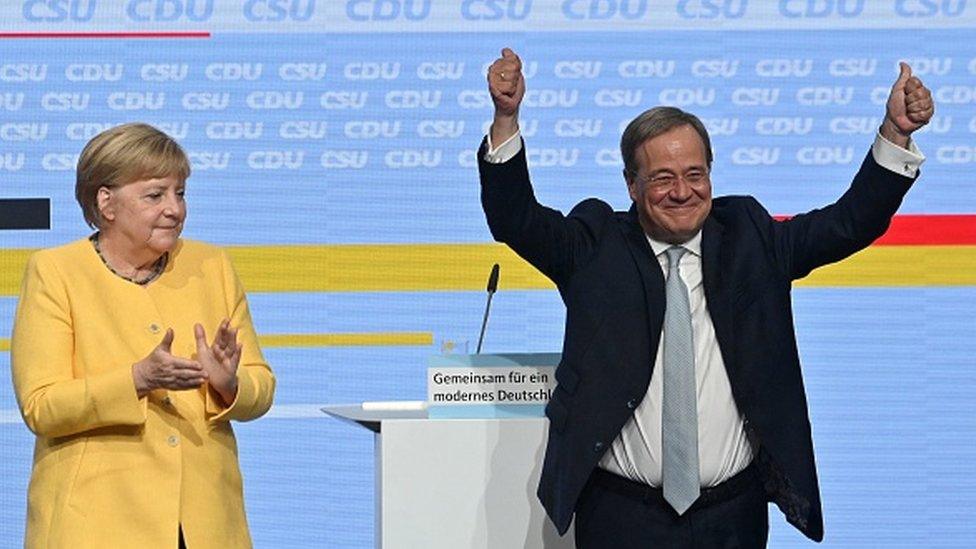
CDU leader Armin Laschet (R) is Angela Merkel's favoured successor but his leadership has seen a fall in party poll ratings
Germans are voting on Sunday in parliamentary elections that mark the end of Angela Merkel's 16 years in office.
Latest opinion polls give the centre-left a narrow lead over the outgoing chancellor's conservatives. But one thing is clear, whoever wins will have to put together a coalition. Three parties currently believe they could secure enough seats in parliament to do that and choose the next chancellor.
So, how will Germany's election work?
What is the vote for?
On Sunday 26 September, Germans will elect the lower house of the federal parliament, the Bundestag. Although voting in person takes place on the day, postal voting has already begun. Some 60.4 million Germans over the age of 18 are eligible to vote.
The Bundestag is made up of at least 598 seats, and usually more.
Although the winning party becomes clear on the night, the make-up of the next government is only known once the winner is able to form an absolute majority in parliament with one or two other parties. So the next chancellor will not be known immediately.
How is the chancellor selected?
Typically the coalition party with the most seats picks the chancellor. But coalition-building takes time as parties have to agree common ground and haggle over ministerial appointments.
When a deal has been struck, members of the newly elected parliament hold a vote to approve the new chancellor.


Which political parties are in contention?
Latest opinion polls suggest three main parties are in the race to win enough seats to lead a coalition government and pick the next chancellor.
Christian Democratic Union
Mrs Merkel's conservative CDU has dominated German politics for decades along with its sister party in Bavaria, the Christian Social Union
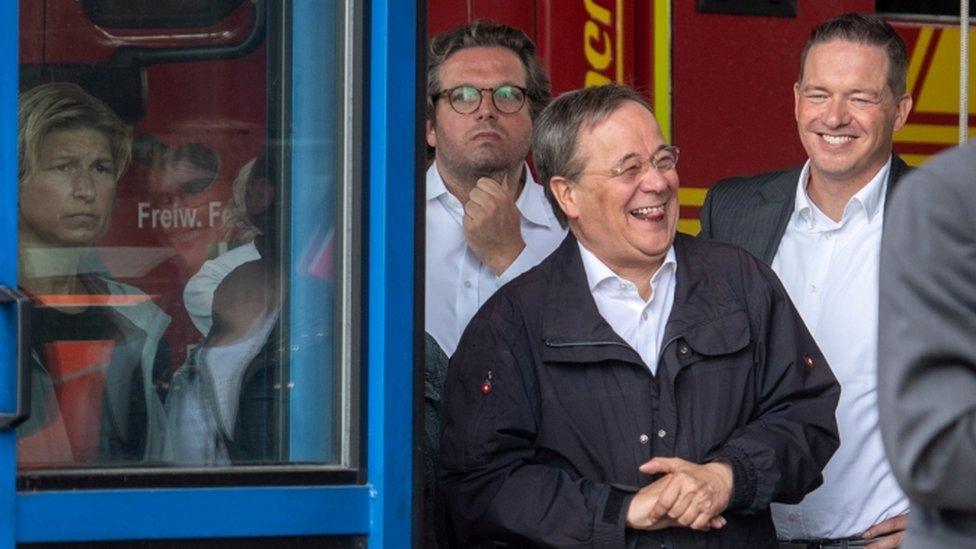
Armin Laschet was seen laughing on a visit to Erftstadt after the town was devastated by floods
CDU leader Armin Laschet would be Mrs Merkel's natural successor, but he has struggled to win over voters, particularly after he was pictured laughing during a visit to a flood-hit town in July. Bavarian leader Markus Söder is more popular but his conservative rival is unlikely to hand him the candidacy.
Social Democratic Party
The centre-left SPD has been in coalition with the conservatives and on the eve of the vote is narrowly ahead of them in the polls.
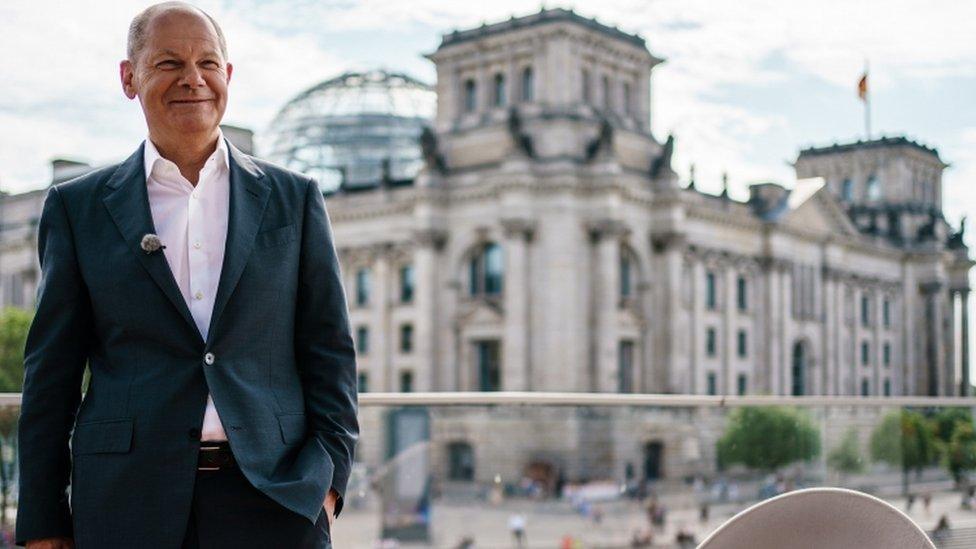
Not long ago Mr Scholz's party was languishing in third place in the opinion polls
Olaf Scholz, Germany's finance minister, is the party's candidate for chancellor and has a real chance of victory.
Greens
The left-wing party focuses on climate change and social justice and earlier this year was leading the polls

Annalena Baerbock came under a series of attacks after the Greens surged into the
Greens leader Annalena Baerbock has not yet had a role in government but she could lead her party into a coalition.
Coalitions are known by the colours of the parties. So expect to hear a lot of talk of red-red-green coalitions if the centre-left (red) wins, or Kenya and Jamaica coalitions if the CDU (black) is victorious.
Other parties that could also feature in a coalition government include the liberal Free Democrats (yellow) and socialist Die Linke (The Left). The far-right Alternative for Germany (AfD) enjoys strong support in eastern parts of Germany, but is shunned by the mainstream parties because of its politics.
You can read more about the rival chancellor candidates here.
How is the winner decided?
When Germans go to the polls, they get two votes.
The first is a constituency vote to elect a local MP. There are 299 constituencies - roughly one MP for every 250,000 people. The candidate who wins the most votes in each constituency is guaranteed a seat. This winner-takes-all system is known as first-past-the-post voting, similar to the election for the UK parliament.
The second vote is based on a different system - proportional representation. The remaining 299 seats are allocated based on each party's share of the vote - and they are assigned to candidates on ranked lists drawn up by each party.
This is the Bundestag's own explanation of the vote, external.
Why is the second vote decisive?
First, a party has to win at least 5% of the second vote to enter the Bundestag. This threshold was designed to prevent small, often radical, parties from gaining power.
Then, according to Germany's mixed electoral system, the make-up of parliament must reflect the result of this second vote.
The second vote therefore determines the percentage of seats each party will get in the Bundestag and its chances of forming a government.
So why does the Bundestag's size vary?
This is the tricky part. The number of seats in parliament can increase if there are imbalances between each party's results in the two votes. So the outgoing Bundestag doesn't have 598 seats it has 709, and experts believe it could now go above 800.
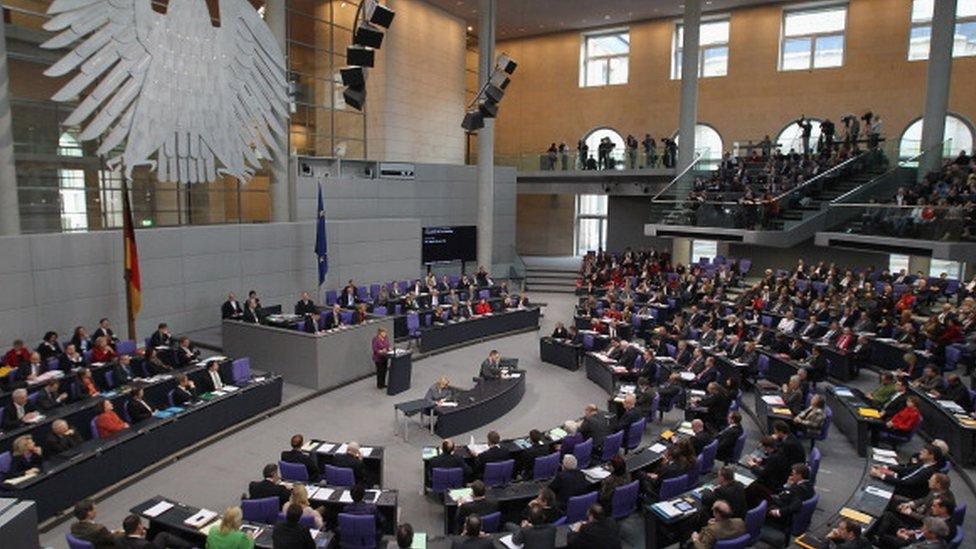
The current Bundestag has 709 seats
Consider this hypothetical example:
The CDU wins 110 seats in the constituency vote and 100 seats in the party vote. In this scenario, the CDU would have 10 more seats than it should, according to its share of the all-important second vote. Sometimes voters back a particular candidate and then choose a different party.
So, the CDU gets to keep the extra 10 seats, which are known as "overhang mandates".
However, the CDU now has 10 more seats than it should have, an unfair advantage.
To level the playing field, all other parties are assigned so-called balancing seats. This increases the number of representatives for all other parties on a percentage basis.
In this example, their seats would increase by 10% of their election results to correct the imbalance.
When will we know the result?
The winners and losers should be clear within hours of the vote closing.
That was the case in the last Bundestag vote in 2017, when Angela Merkel delivered a sombre speech to mark her party's underwhelming results.
But talks on forming a government can take weeks, as in 2017, when there was a failed attempt to form a Jamaica coalition with the CDU (black), Greens and FDP (yellow).

More on Angela Merkel's legacy:
How Angela Merkel rose to power to lead Germany
- Published3 June 2019
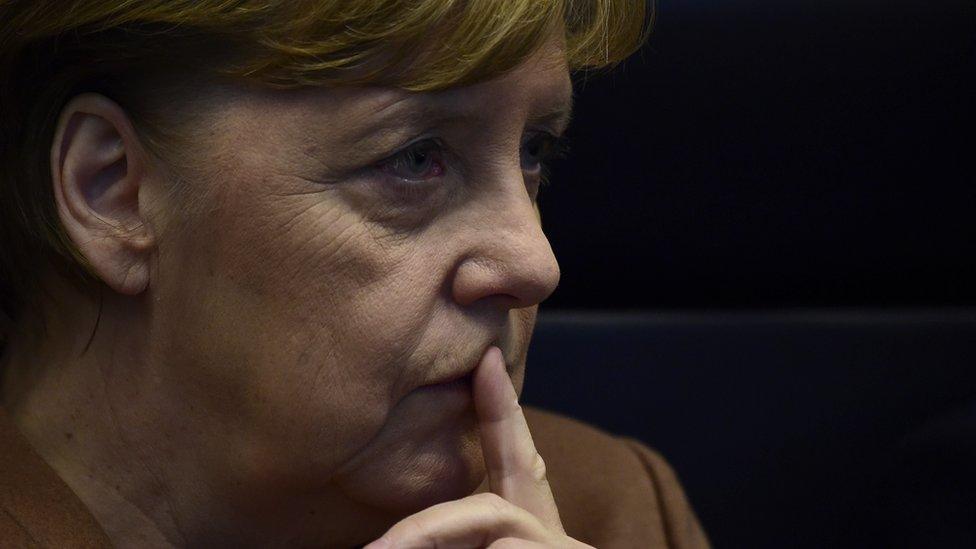
- Published26 February 2020

- Published7 June 2021
